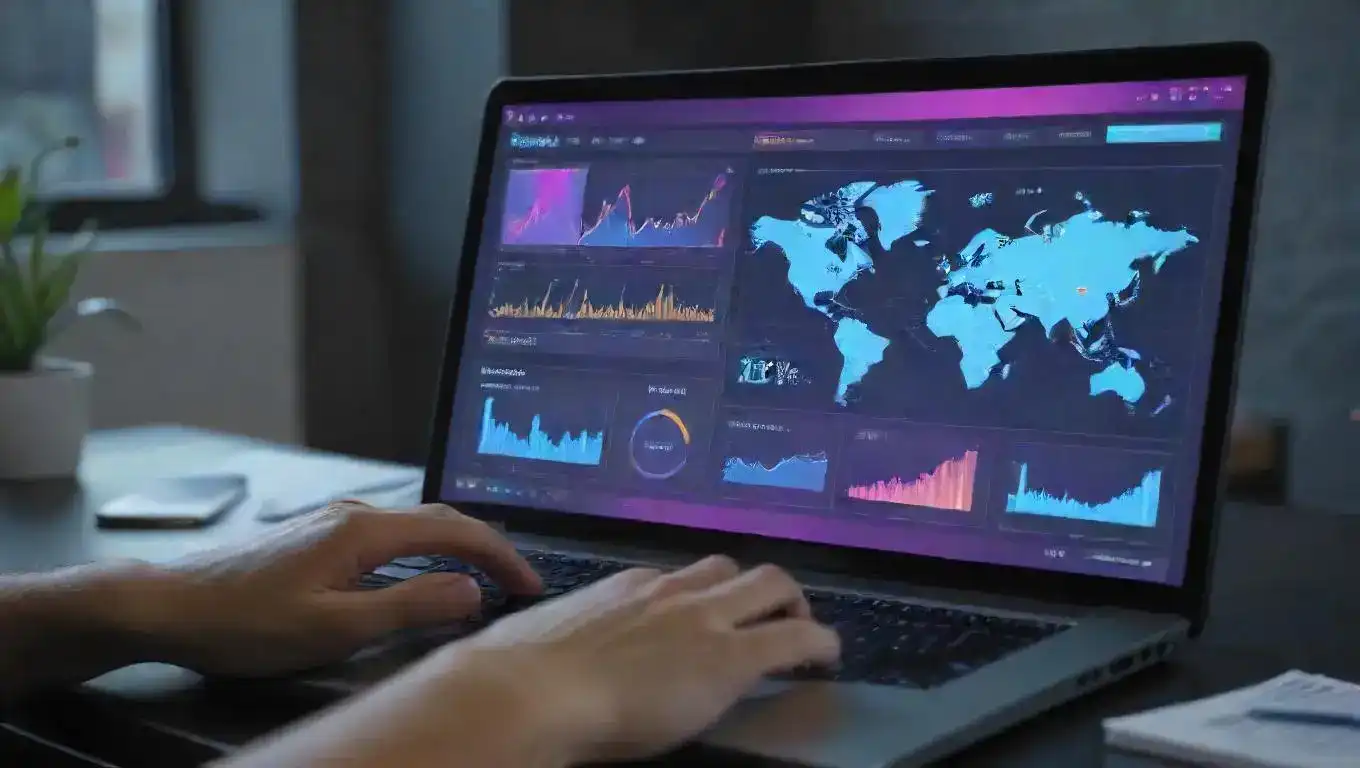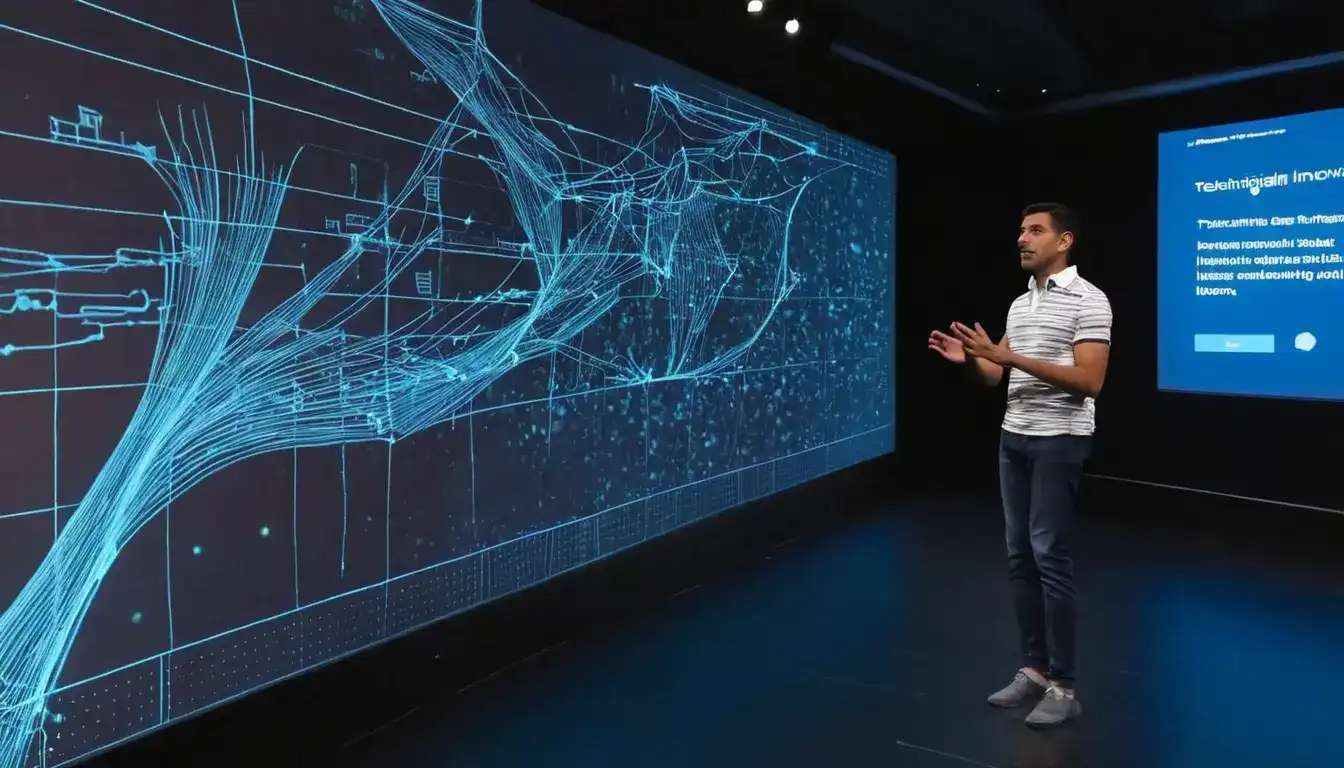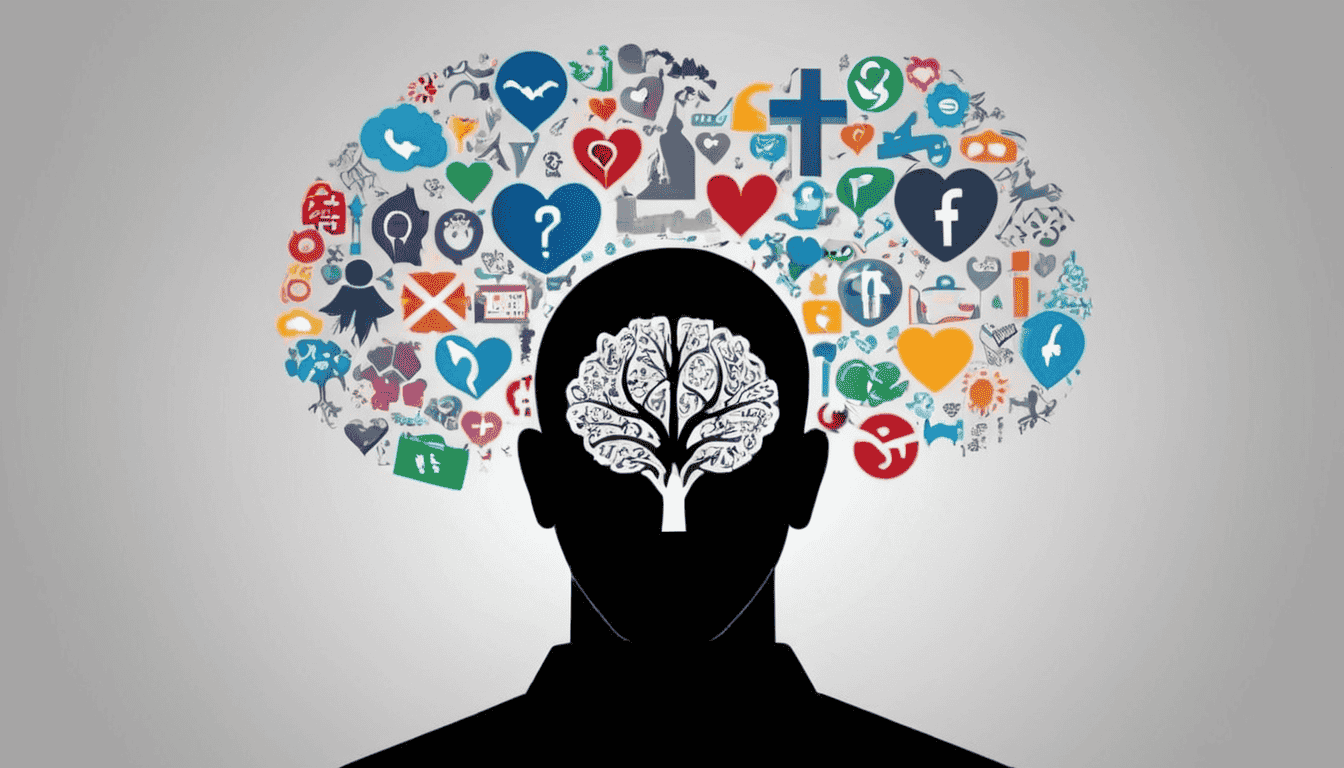Tips for Choosing the Right Technology Devices for Education Needs
Emily Willis

Photo: Tips for Choosing the Right Technology Devices for Education Needs
Technology has transformed the way we learn and interact with the world. In classrooms, this translates to a wealth of tools and devices that can enhance student engagement, personalize learning experiences, and open doors to a universe of information. But with so many options available, choosing the right technology can feel overwhelming. Fear not, educators and parents alike! This guide will equip you with the knowledge to navigate the world of educational technology and select the perfect devices to empower young minds.
Understanding Your Needs: A Roadmap to Success
The first step is identifying your specific needs. Are you equipping a kindergarten classroom, a middle school computer lab, or a high school student for independent learning? Each age group and learning environment has unique requirements.
Early Learners (Ages 4-8): For young children, the focus is on fostering exploration and developing basic skills. Sturdy tablets with child-friendly apps and games are ideal. Look for features like large touchscreens, parental controls, and durable cases to withstand the inevitable bumps and tumbles.
Middle Grades (Ages 9-12): At this stage, students are delving deeper into subjects and developing research and collaboration skills. Laptops or Chromebooks offer a balance of portability and functionality, allowing students to create presentations, complete assignments, and access online learning resources.
High School and Beyond (Ages 13+): High school students and young adults need powerful devices that can handle complex tasks, research projects, and multimedia content creation. Laptops with strong processors and ample storage are essential. Consider features like high-resolution displays and touchscreens for specific needs like design or art programs.
Beyond Age: Tailoring Tech to Learning Styles
Age isn't the only factor to consider. Remember, every student learns differently. Some thrive with visual aids, while others benefit from hands-on experiences. Here's how to match technology to learning styles:
Visual Learners: Tablets and laptops with bright displays are great for these learners. Apps and programs with engaging visuals, simulations, and graphic organizers can be particularly beneficial.
Auditory Learners: Devices with good audio quality and features like text-to-speech conversion software can be helpful for auditory learners. Utilizing audiobooks, podcasts, and educational videos can enhance their learning experience.
Kinesthetic Learners: These learners benefit from interactive experiences. Consider virtual reality headsets for immersive learning or devices that can be used with coding or robotics kits to promote hands-on exploration.
Durability and Security: Building a Tech Ecosystem that Lasts
Remember, these devices will be used daily, potentially by multiple students. Durability is key. Look for ruggedized cases, spill-proof keyboards (accidents happen!), and extended warranties for peace of mind.
Security is paramount. Opt for devices with built-in security features, parental controls for younger students, and robust antivirus software. Educate students about online safety and responsible technology use.
The Power of Portability: Embracing Flexibility
Gone are the days of bulky desktops confined to classrooms. Portable devices like tablets and laptops allow students to learn anywhere, anytime. This flexibility empowers them to complete assignments on the go, collaborate with classmates remotely, and access learning resources beyond the classroom walls.
Software Matters: Choosing the Right Educational Apps and Tools
The best device is only half the equation. The real magic happens with the software you choose. Explore a vast array of educational apps, games, and online learning platforms tailored to specific subjects and age groups.
Look for features like:
- Interactive elements: Games, quizzes, and simulations can make learning fun and engaging.
- Differentiation options: The ability to customize learning paths to match individual student needs is crucial.
- Collaboration tools: Features that allow students to work together on projects, share ideas, and provide feedback are invaluable.
- Offline functionality: The ability to access some content without an internet connection can be helpful for on-the-go learning or situations with limited connectivity.
Budgeting for Success: Finding the Right Value
Technology can be an investment, but there are ways to make it work within your budget. Consider:
- Grants and subsidies: Schools and libraries may offer technology grants or discounts on educational devices.
- Refurbished devices: Buying refurbished laptops or tablets from reputable vendors can be a cost-effective option.
- Leasing options: Some companies offer leasing programs for educational institutions, allowing you to spread the cost over time.
- Open-source software: Many excellent educational apps and resources are free or open-source, reducing software licensing costs.
The Future is Bright: Embracing Emerging Technologies
The world of educational technology is constantly evolving. Keep an eye on emerging trends like:
- Artificial Intelligence (AI): AI-powered tools can personalize learning experiences, provide real-time feedback, and even adapt to individual student needs.
- Augmented Reality (AR) and Virtual Reality (VR): AR and VR can bring learning to life, creating immersive experiences that transport students to different times and places.
- Adaptive Learning Platforms: These platforms use data to tailor instruction to each student's strengths and weaknesses, maximizing individual learning outcomes.
Conclusion: Empowering Learners with Technology
Technology is not a magic bullet, but it can be a powerful tool to enhance learning and empower students to reach their full potential. By carefully selecting the right devices, software, and teaching strategies, you can create a dynamic learning environment that fosters engagement, creativity, and a lifelong love of learning. Remember, technology is a means, not an end. Use it wisely to guide and support students on their educational journey, and watch as they blossom into confident, lifelong learners.
Additional Tips for Choosing Educational Technology:
- Involve Students and Educators: Get feedback from students and teachers on their needs and preferences. Their insights can be invaluable in making informed decisions.
- Consider Accessibility: Ensure that the technology you choose is accessible to all students, including those with disabilities.
- Provide Professional Development: Train educators on how to effectively integrate technology into their teaching practices.
- Evaluate and Adapt: Regularly assess the effectiveness of your technology choices and make adjustments as needed.
Embrace the power of technology to transform your classroom into a hub of innovation, engagement, and endless possibilities. With the right tools and strategies, you can empower young minds to thrive in a world shaped by technology.
Latest ✨
View AllDiscover the essential qualities required to become a successful leader, from integrity and empathy to communication and adaptability. Learn how to develop these traits to inspire and motivate your team
Emily Willis
top digital marketing trends for 2024, including the rise of AI, the importance of user experience, video marketing dominance, influencer marketing, privacy and data security, sustainability and ethical marketing, and emerging trends like AR/VR, metaverse marketing, blockchain, and NFTs. Specific strategies are provided for leveraging AI for personalized customer experiences, enhancing user experience for mobile users, creating engaging video content, building authentic influencer partnerships, prioritizing data privacy and security, integrating sustainability and ethical practices.
Emily Willis
Europe is full of rich culture, with ten cities offering enriching cultural experiences. From the romance of Paris to the splendor of Rome and the artistic flair of Barcelona, each city has its own unique charm and heritage.
Emily Willis
Proper nutrition is essential for optimal brain function during exams. Foods rich in complex carbohydrates, lean protein, healthy fats, and hydration can help maintain energy levels and focus. Smart snack options during exams include fresh fruits, vegetables with hummus, trail mix, yogurt with granola, and dark chocolate.
Emily Willis
Business
View All
August 4, 2024
Building a Consistent and Inspiring Personal Brand Through Online PlatformsIn today's digital age, it is important to establish a strong personal brand in order to stand out in a competitive landscape. This can be done by following practical steps such as defining your brand identity, identifying your target audience, creating a compelling online presence, crafting quality content, engaging with your audience, leveraging social media effectively, networking and collaborating, monitoring and adapting, showcasing your authenticity, and seeking professional guidance if needed. Building a personal brand requires dedication, authenticity, and strategic planning, but it can lead to a memorable and influential brand that resonates with others in the digital world.
Emily Willis

August 4, 2024
Strategies for Effective Business Growth in a Competitive Marketimportance of strategic planning, innovation, and understanding market dynamics for businesses to achieve sustainable growth in a competitive market. It covers strategies such as customer focus, innovation, marketing, partnerships, financial management, technology, employee engagement, and sustainability.
Emily Willis

August 5, 2024
Tips for Choosing the Right Investment Product for Your Needsprovides guidance on investing money, starting with understanding financial goals and risk tolerance. It explains different investment options such as stocks, bonds, mutual funds, ETFs, real estate, and retirement accounts, and emphasizes the importance of diversification.
Emily Willis
Economy
View Allimpact of inflation on households and businesses, outlining the causes and consequences of rising prices. It provides strategies for both households and businesses to cope with inflation, such as budgeting, seeking deals, and negotiating with suppliers. The importance of collaboration and communication between governments, businesses, and consumers is emphasized, along with the need for long-term investments in infrastructure, skills development, and sustainable practices.
Read MoreGlobalization has a profound impact on the economies of developing countries, offering both opportunities and challenges. By increasing access to markets, facilitating technology transfer, creating jobs, and promoting cultural exchange, globalization can drive economic growth and development. However, addressing the challenges of economic inequality, loss of domestic industries, environmental impact, and cultural homogenization is essential to ensure sustainable and inclusive growth. By adopting strategic measures and fostering international cooperation, developing countries can maximize the benefits of globalization and build a brighter future
Read MoreThe digital economy has the potential to bring economic growth and innovation to developing countries, but there are several challenges that need to be addressed. These challenges include inadequate digital infrastructure, a digital divide that exacerbates inequalities, complex and outdated regulatory frameworks, cybersecurity risks, and limited access to financial services. However, there are opportunities for enhancing financial inclusion and economic growth. These opportunities include mobile and digital payments, implementing digital identification systems, e-commerce and market access, digital skills development, and public-private partnerships. By addressing these challenges and embracing the digital revolution, developing countries can unlock new opportunities for economic empowerment and inclusive growth.
Read MoreEntertainment
View All
August 5, 2024
Entertainment in Society: Social Impact, Cultural Influence, Economic ContributionsEntertainment is more than just a way to pass the time it has a significant impact on society, culture, and the economy. It promotes empathy, sparks conversations, and drives social change. It reflects and shapes cultural trends, while also preserving traditions. The entertainment industry generates jobs, contributes to economic growth, and drives technological innovation.
Emily Willis

August 4, 2024
Virtual Music Concerts: The Future of Live Performance?The music industry has seen significant changes in recent years, with virtual music concerts becoming a popular trend, especially due to the impact of the COVID-19 pandemic. Technological advancements have made virtual concerts more accessible and cost-effective, while also reducing the environmental impact of live events. However, challenges such as technical issues and the lack of physical presence remain. The future of virtual concerts may involve hybrid models that combine virtual and physical experiences, as well as continued technological innovation to enhance the quality of virtual performances. Building a sense of community and engagement will also be crucial for the success of virtual concerts moving forward.
Emily Willis

August 4, 2024
The Evolution of Streaming Services Such as Netflix, Disney+, Hulu, and the Implications for the Traditional Entertainment IndustryThe rise of streaming services has revolutionized the entertainment industry, offering on-demand access to a vast library of content through internet-connected devices. Platforms like Netflix, Disney+, and Hulu have diversified their content libraries, reshaped consumer behavior, and challenged traditional distribution models. Technological advancements have enhanced streaming experiences, while economic and cultural implications have led to global market expansion and increased investment in original content production. The future of the streaming industry will be shaped by competition, convergence of media and technology, and the need for adaptation to changing consumer preferences. Embracing digital transformation and strategic partnerships will be crucial for stakeholders in navigating the evolving landscape of modern entertainment.
Emily Willis
Health
View Allmaintaining good health and well-being through nutritional choices. A balanced diet, incorporating whole foods, staying hydrated, consuming nutrient-dense foods, managing portion sizes, practicing mindful eating, eating regular meals and snacks, considering supplements, and adopting sustainable eating practices are all highlighted as effective strategies for enhancing overall.
Emily Willis
Preventive healthcare focuses on strategies to prevent disease and maintain well-being, rather than just treating illnesses after they arise. It helps identify risk factors early on, allowing for interventions that can prevent or delay the onset of chronic diseases.
Emily Willis
significance of mental health awareness in today's fast-paced world. It discusses the importance of understanding mental health, breaking down stigma, and promoting positive mental health practices.
Emily Willis
Trending 🔥
View All
1
2
3
4
5
6
7
8
10
Lifestyle


Sports
View AllAugust 5, 2024
Sports for Social Good: Promoting Diversity, Inclusion, and Community Engagement
Read MoreTechnology
View All
August 5, 2024
Top Unity Software Development Trends to Watch in 2024
Explore the top Unity software development trends that will shape the gaming industry in 2024. From AI integration to VR/AR immersion, cross-platform reach, cloud collaboration, and mobile gaming, Unity is revolutionizing gaming experiences. Stay ahead in the dynamic world of game development with these insights.

August 4, 2024
Amidst Economic Uncertainty, Businesses Adapt and Innovate for Survival
The business world can be unpredictable, but companies can thrive by embracing adaptation and innovation. Understanding market trends, economic indicators, and global factors is crucial for charting a successful course.

August 5, 2024
The Future of Blockchain and Its Impact on Society
Blockchain technology, originally developed for cryptocurrencies like Bitcoin, has evolved into a versatile tool with the potential to revolutionize various industries beyond finance. Its decentralized and transparent nature offers solutions to challenges faced by societies worldwide. Blockchain's impact on society is poised to be transformative across multiple domains, including enhanced security, data integrity, decentralization, supply chain transparency, digital identity, and financial inclusion.

August 5, 2024
Oculus Quest 2 vs HTC Vive Pro – Which Should You Choose?
Oculus Quest 2 vs HTC Vive Pro – which VR headset reigns supreme? Dive into this ultimate showdown to discover the strengths and weaknesses of each, and decide which one is worth your investment. From specs and comfort to content and price, we'll help you make an informed choice.



















